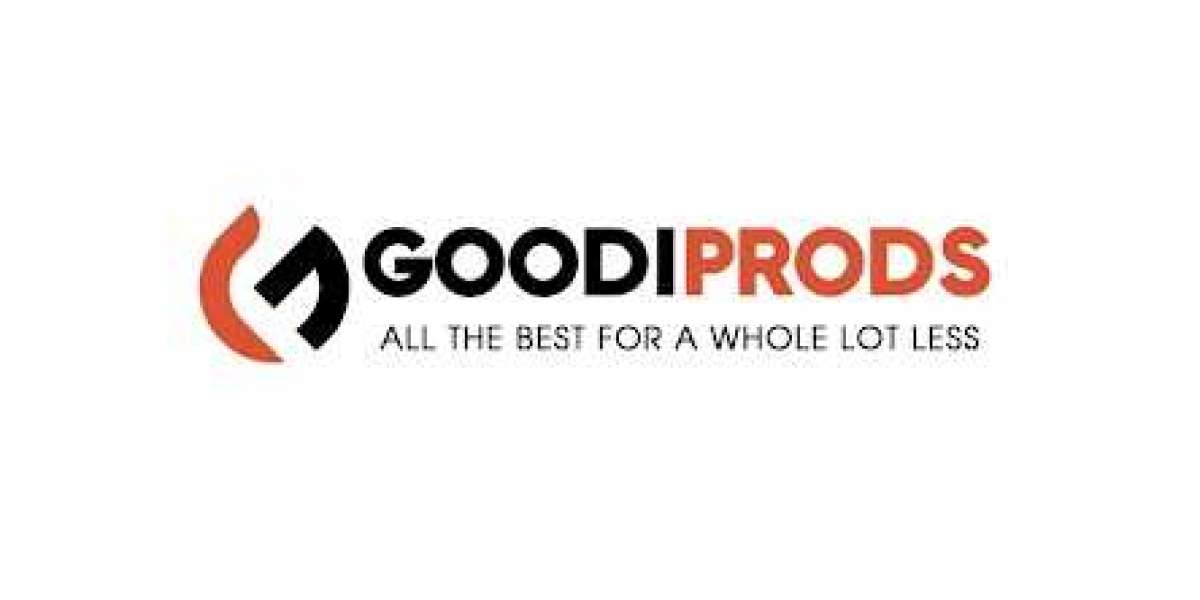Procure-to-Pay (P2P) software solutions have become indispensable tools for businesses looking to streamline their procurement processes, enhance efficiency, and optimize cost savings. In the dynamic landscape of the Indian market, where businesses are constantly seeking ways to improve operational effectiveness, the adoption of P2P solutions is gaining significant traction. This article delves into the nuances of P2P software solutions in the Indian context, exploring their features, benefits, challenges, and the evolving trends in the market.
Understanding Procure-to-Pay Software
Procure-to-Pay software integrates and automates the entire procurement process, from requisitioning to invoice reconciliation. It encompasses various functionalities such as supplier management, purchase requisition, purchase orders, receipt of goods/services, invoice matching, and payment processing. By automating these processes, P2P software helps organizations streamline operations, reduce manual errors, ensure compliance, and gain better visibility and control over their procurement lifecycle.
Features and Benefits
In the Indian market, P2P software solutions come with a plethora of features tailored to meet the specific needs of businesses operating in diverse industries. These features may include:
Supplier Management: Efficiently onboard and manage suppliers, maintain vendor catalogs, and track supplier performance.
Purchase Requisition: Enable users to create, review, and approve purchase requisitions seamlessly, ensuring compliance with procurement policies.
Purchase Orders: Generate and manage purchase orders electronically, track order status, and streamline the procurement workflow.
Invoice Processing: Automate invoice capture, validation, and matching with purchase orders and receipts, reducing invoice processing time and eliminating errors.
Payment Processing: Facilitate electronic payments, integrate with accounting systems, and streamline the payment approval process for faster vendor payments.
The benefits of implementing P2P software in the Indian market are manifold. Businesses can experience improved efficiency, cost savings through better negotiation with suppliers, enhanced visibility into spending patterns, reduced maverick spending, and increased compliance with regulatory requirements.
Challenges in Adoption
Despite the evident advantages, the adoption of P2P software in the Indian market is not without its challenges. Some common hurdles include:
Resistance to Change: Traditional procurement processes deeply rooted in manual practices may encounter resistance from employees reluctant to embrace automation.
Integration Complexity: Integrating P2P software with existing ERP systems or legacy applications can be complex and may require significant customization.
Data Security Concerns: With the increasing digitization of procurement processes, ensuring data security and compliance with data protection regulations becomes paramount.
Vendor Readiness: The readiness of vendors to adopt electronic invoicing and other digital procurement practices may vary, posing challenges in achieving end-to-end automation.
Evolving Trends
The Indian market for P2P software solutions is witnessing several notable trends that are shaping the future of procurement processes:
Mobile Accessibility: P2P solutions with mobile capabilities enable users to manage procurement tasks on-the-go, improving accessibility and responsiveness.
Artificial Intelligence (AI) and Machine Learning (ML): Integration of AI and ML technologies enhances spend analytics, supplier risk management, and predictive insights, enabling smarter decision-making in procurement.
Blockchain in Procurement: Blockchain technology is increasingly being explored for its potential to enhance transparency, traceability, and security in procurement transactions, especially in industries like manufacturing and supply chain.
Cloud-Based Solutions: The shift towards cloud-based P2P solutions offers scalability, flexibility, and cost-effectiveness, making them an attractive choice for businesses of all sizes.
Conclusion
As businesses in India continue to navigate through evolving market dynamics and increasingly competitive landscapes, the adoption of Procure-to-Pay software solutions emerges as a strategic imperative. By leveraging the features and benefits offered by P2P software, organizations can streamline their procurement processes, drive efficiency gains, mitigate risks, and ultimately achieve their strategic objectives in a rapidly changing business environment. Despite the challenges, the evolving trends indicate a promising future for P2P solutions in empowering Indian businesses to optimize their procurement operations and stay ahead in the market.








